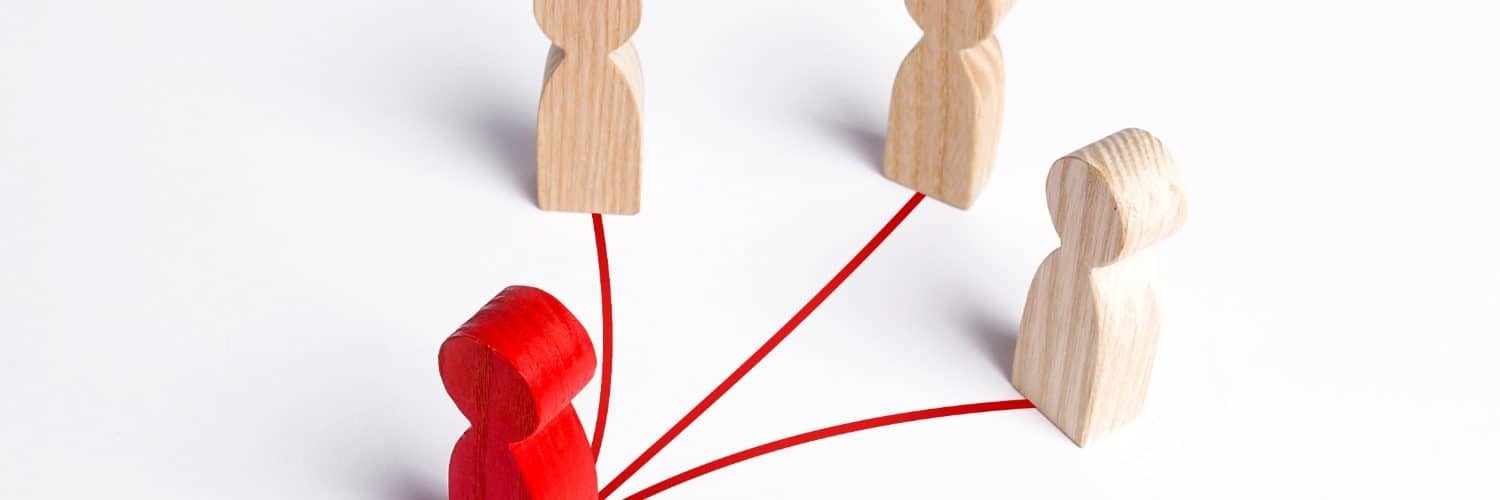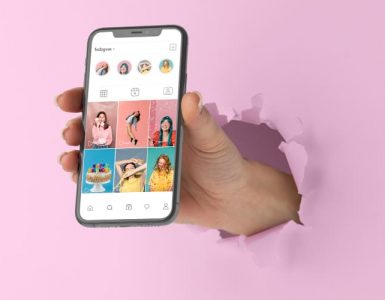“Healthcare’s biggest challenge has long been connecting with the audience,” says Real Chemistry’s chief creative officer, Frank Mazzola. “We have to learn how to live through the customer, understand who they are, where they are and what their interests are.”
This was the focus of MM+M’s podcast with Mazzola, who sat down with MM+M’s editor-in-chief, Larry Dobrow, to discuss why the future of healthcare hinges on one simple concept: Connection.
Real Connection
At Real Chemistry, connection is fostered in two very distinct ways, Mazzola explained at the outset — “through AI-powered insights on the analytics and data side,” and through having “real, in-person conversations with people who have or treat the condition at hand.” These conversations, he explained, are elevated by “bringing groups together to talk amongst themselves and allow us to listen in. Ultimately, they discuss things they don’t realize are important, because to them it’s just their life.” But to Real Chemistry, it’s insight into ways in which “we can start creating answers to their challenges.”
On the AI front, Real Chemistry’s tech offerings such as IPM.ai and Swoop “help us understand people,” said Mazzola, who added that “AI helps reach audiences with different backgrounds and motivations” as well as helping “on the targeting side of things too.”
AI also allows companies and brands to be present in ways people can’t. Referring to conversationHEALTH, Real Chemistry’s most recent tech acquisition, Mazzola says AI also allows the company to create conversational, “intelligent agents” that open up a range of opportunities. From “providing a virtual rep for no-see doctors” to giving patients the ability to ask questions and get answers about treatment, “in a way that feels like they’re talking to an actual person” as HCPs are more and more stretched for time. It’s kind of hard to think of machine learning as making us get better at creating more human healthcare experiences,” he noted. “But in a lot of different ways, it really does.”
Part of connecting in marketing, no matter what you’re selling, Mazzola and Dobrow agreed, is making your project inspiring. Mazzola cited Nike as an example of a brand that connected first, sold second. “Part of why we love brands such as Nike is because the first thing they tell us isn’t about shoelaces. They create a human connection. They motivate you to be better than you are right now. And then, they show you a shoe.”
Real Chemistry’s version of that is to “tell stories of sickness and health, life and death, heartbreak and redemption — all of these things are built into how we connect,” Mazzola said. “Our approach to health and making medicine more inspiring than sneakers, is about connecting with the audience on a deeper level and not bombarding them with information.”
Uncommon collaboration
The need for transformation of the healthcare industry, as Mazzola sees it, is imperative. “I’d like to believe that Real Chemistry is going to be driving transformation because the model of the company isn’t based onsilos.” As he went on to explain, “Every part of the company is designed to be complementary,” to come together “to create solutions.” One such solution, he noted, is “a platform connecting the entire healthcare experience — from getting a prescription, to knowing at the doctor’s office what your insurance is, to understanding how much it’s going to cost all the way down to getting the treatment on your doorstep.”
Uber, Amazon, Netflix … Mazzola noted that they all changed their sector “and it’s inevitable for health,” adding, “I think we’re close to that transformation.”
As Dobrow sees it, Real Chemistry’s ability to balance the “science” and “art” sides of things is likely the reason why it’s on the cutting edge of healthcare, making note of its Fast Company pick as “No. 2 for innovation for data sciences,” as well as 21Grams, part of Real Chemistry, being ranked by Cannes Lions as “one of the top 5 most creative agencies in health.”
Mazzola calls this atypical dual immersion “uncommon collaboration,” likening it to the opposite of a middle school dance. “If you’ve ever worked in an agency trying to integrate with other offices, it’s kind of like a sixth-grade dance,” he said, making Dobrow laugh. “You stand on opposite sides,” Mazzola continued. “You look at each other awkwardly. You do the best you can, but it’s not real collaboration.”
At Real Chemistry, he said, “On any given day I can get on a call and speak to people I wouldn’t normally interact with, who are solving a problem I would have approached in a completely different way in a different environment.”
Potential perfection
As for future divinations, for Mazzola, “it comes down to leaning into AI to really understand our target audience better.” He also envisions “a focus on unusual partnerships — groups we wouldn’t normally strategically or creatively partner with” which will contribute to “executing work that doesn’t feel like traditional advertising or PR.”
The goal as Mazzola sees it, is to “find an end-to-end answer for the big, overarching gaps and barriers healthcare has struggled with for so long.” The goal is to flip the script on “people’s lives revolving around health,” and instead, “make health revolve around the people.”
Mazzola gives it five years until “we’re talking about health as the most interesting category out there.”










